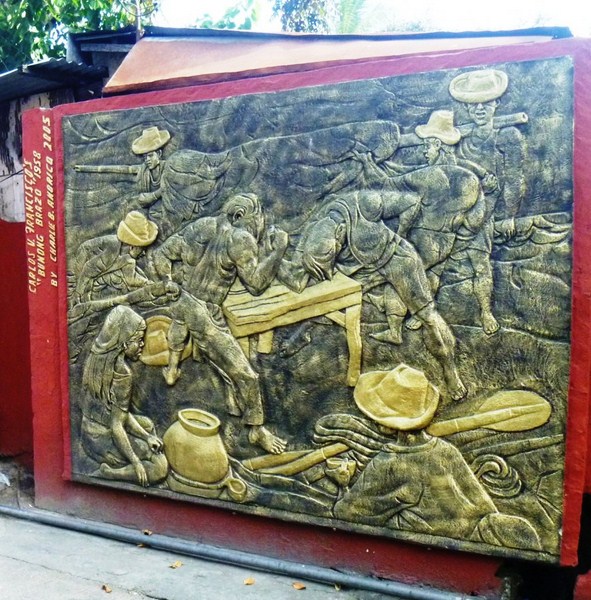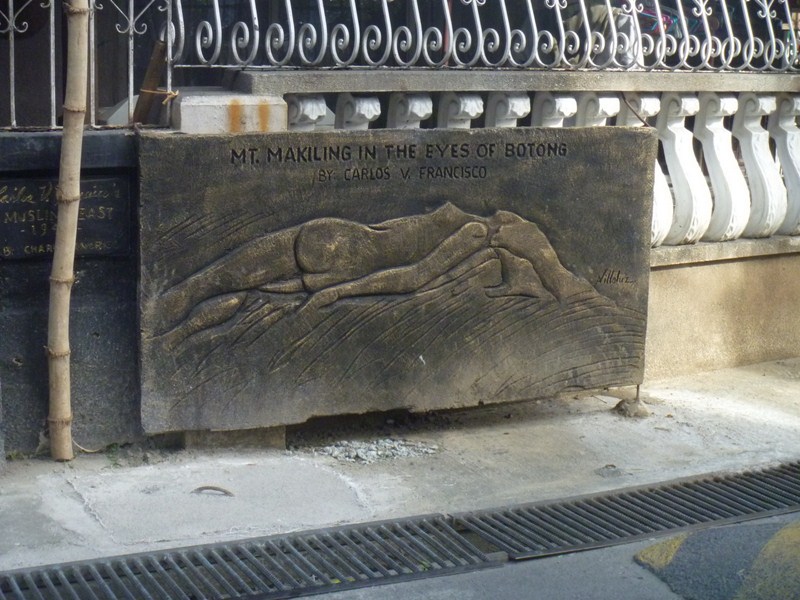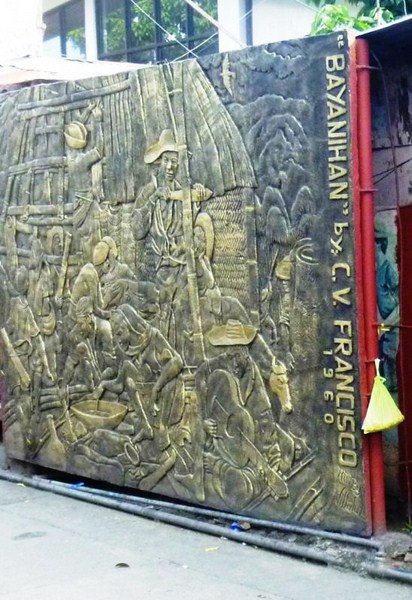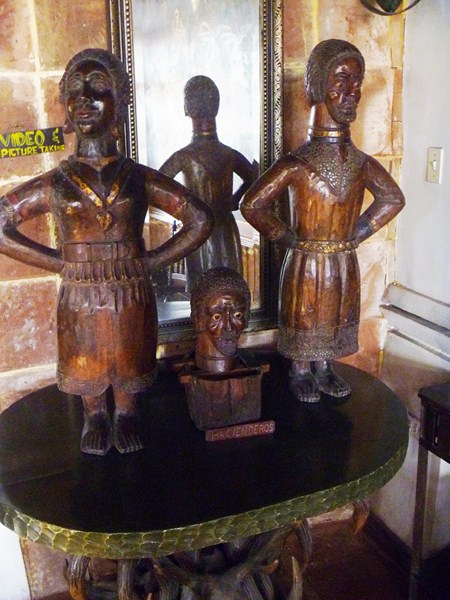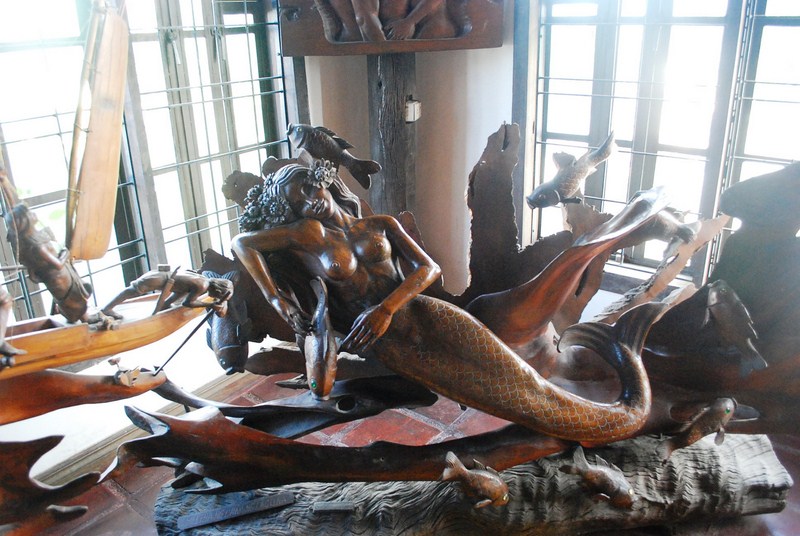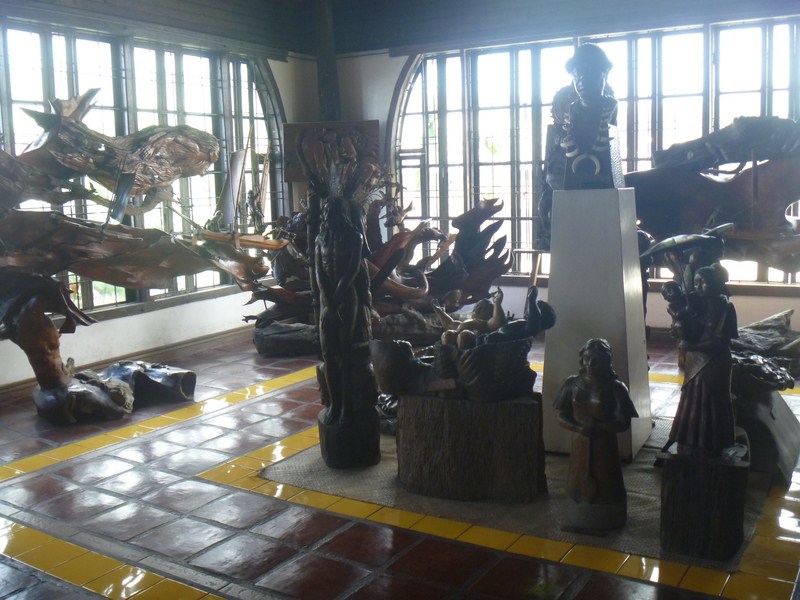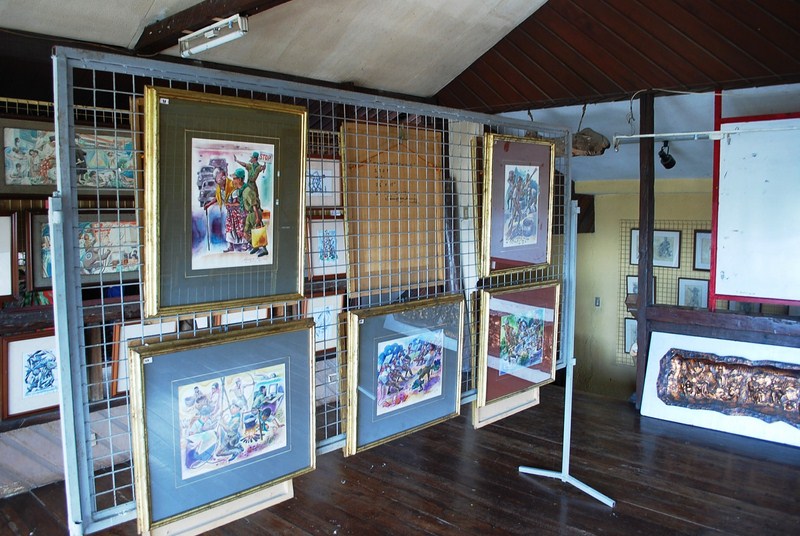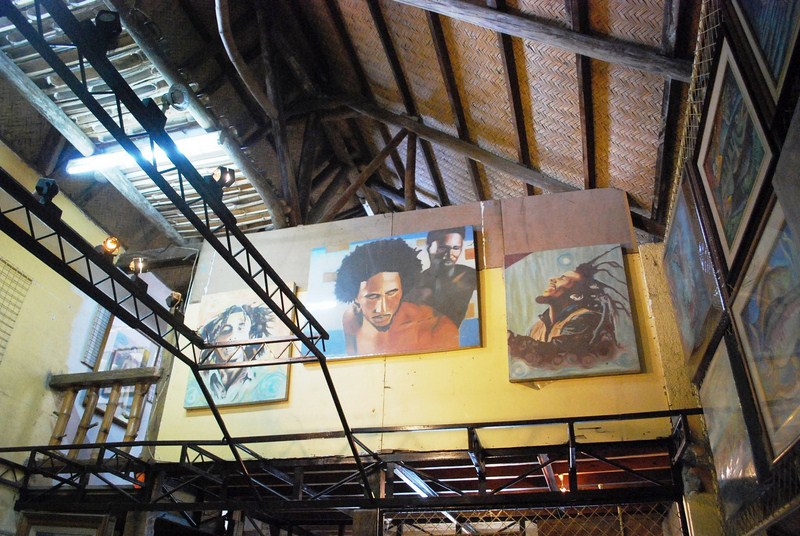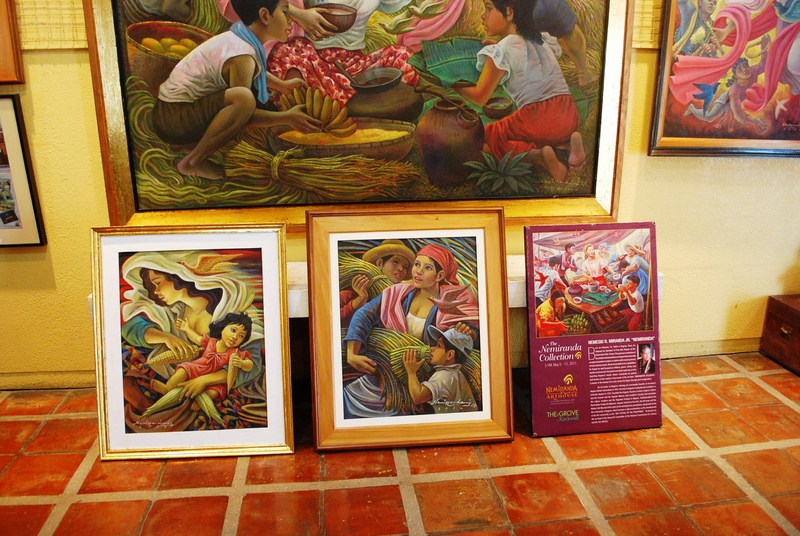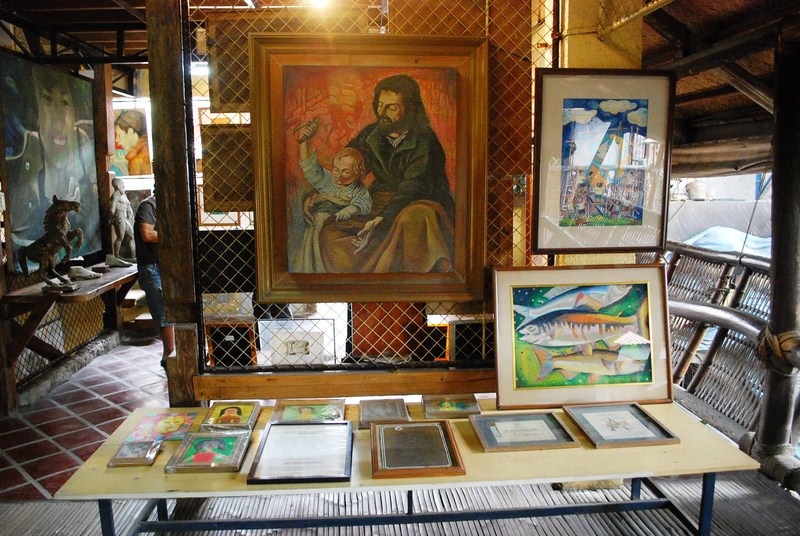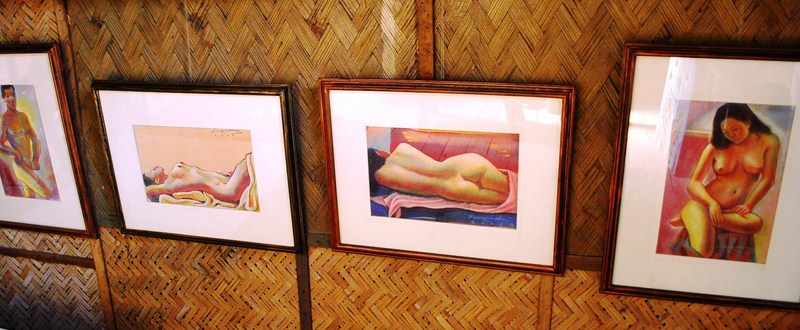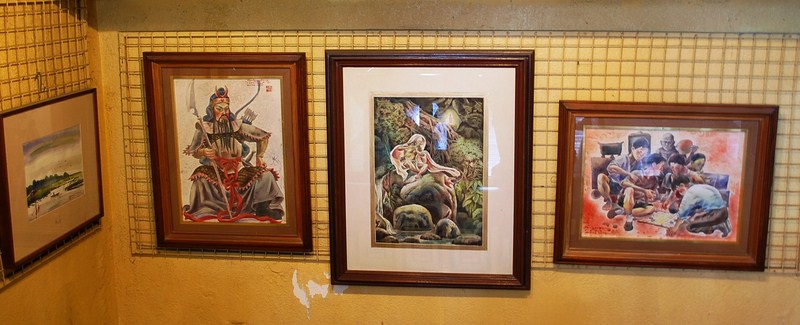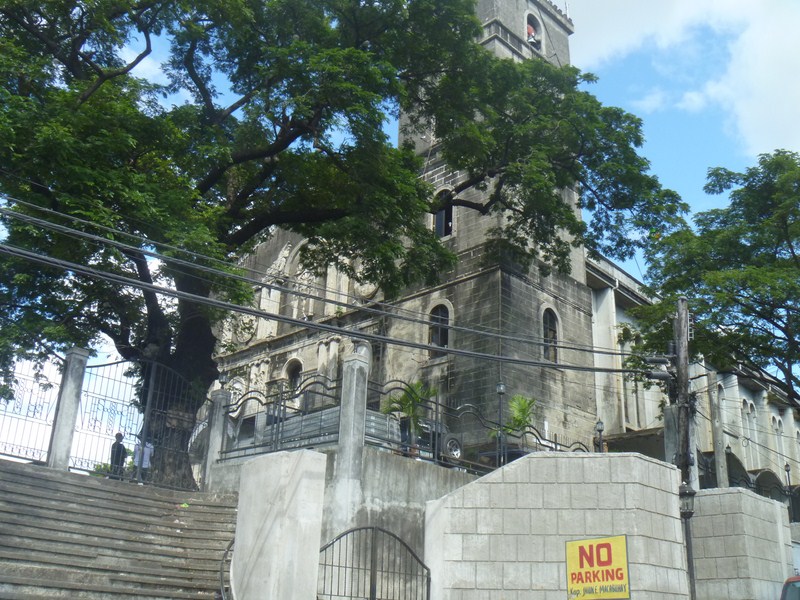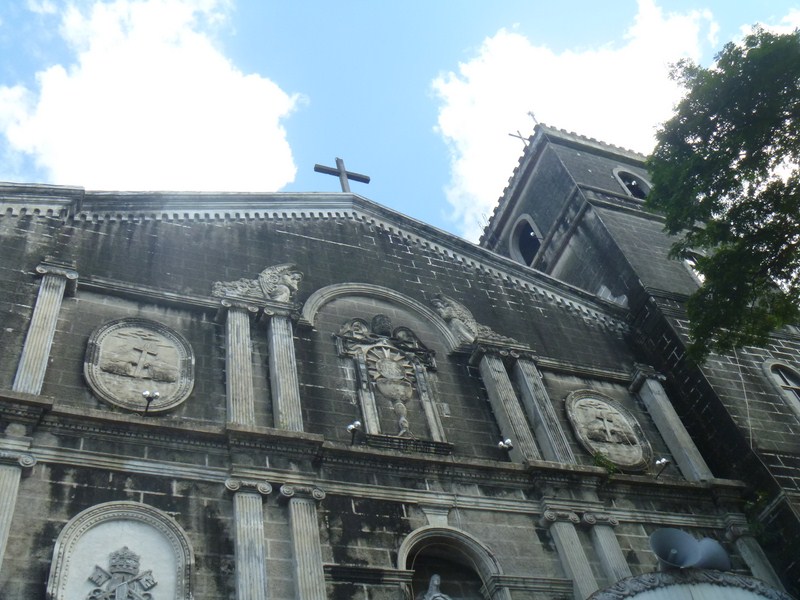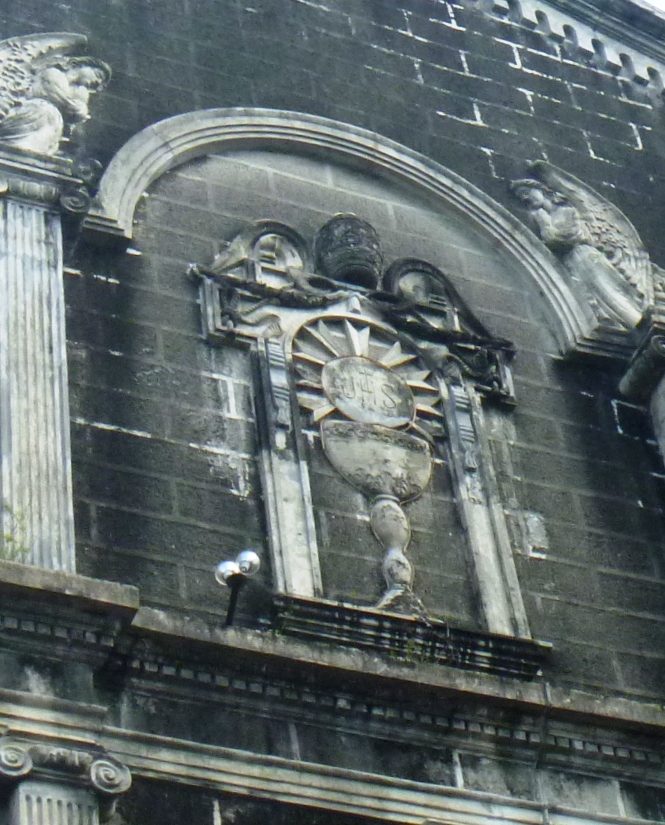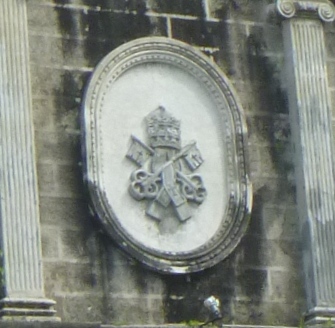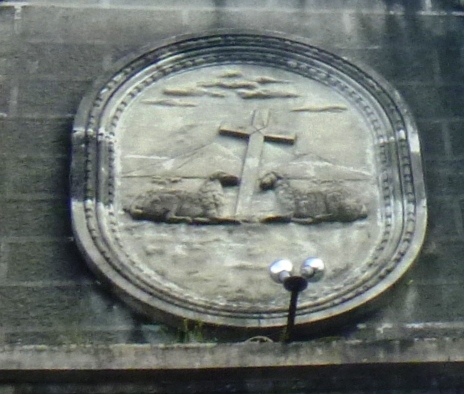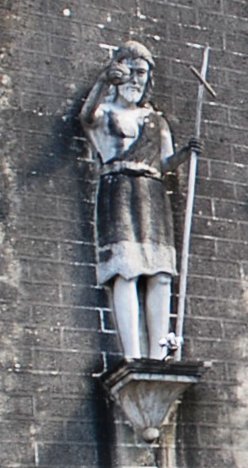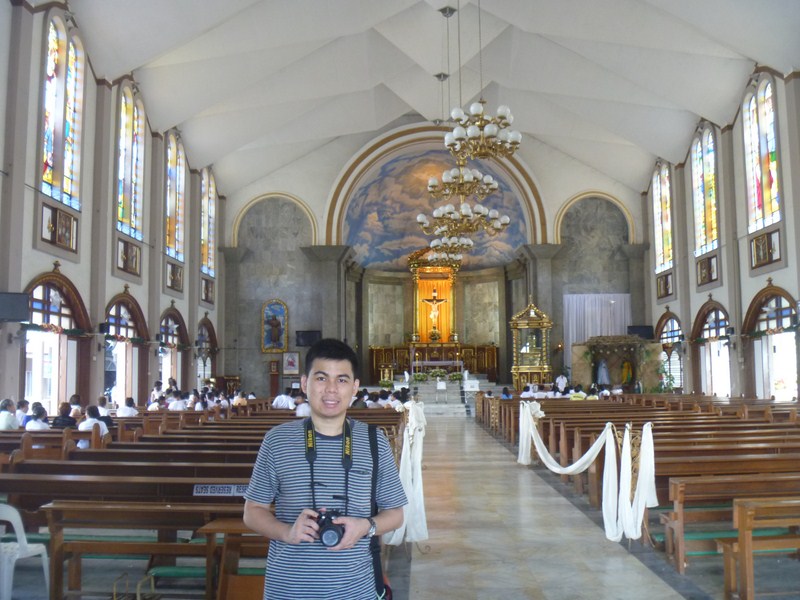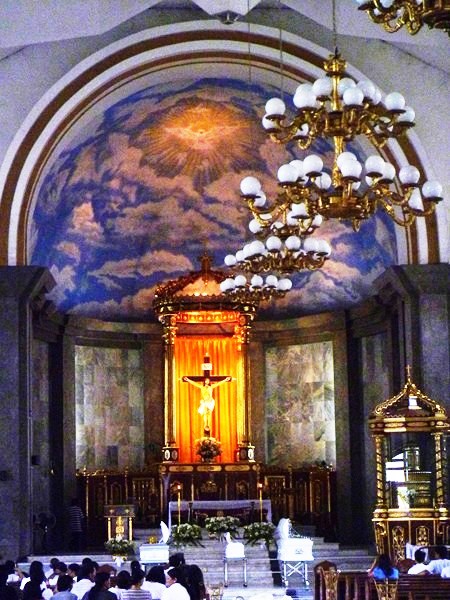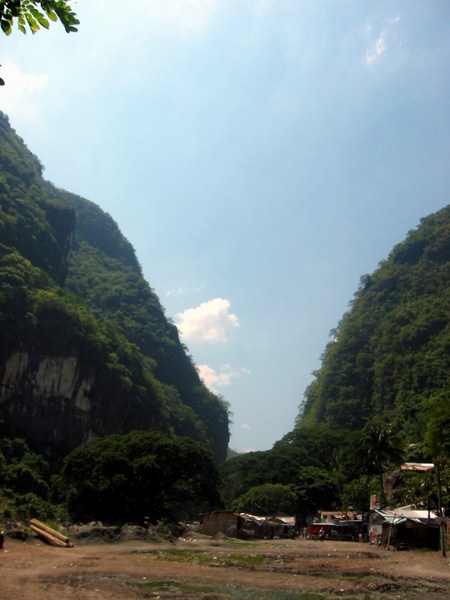After our tour of the Ang Nuno Artist Foundation Gallery at Balaw-Balaw Restaurant, Jandy and I again boarded our car to tour the town proper. Angono’s streets are very narrow and hopelessly riddled with traffic.
However, upon reaching Dona Aurora St., my exasperation was somewhat mitigated when we caught sight of amazing concrete murals beautifully embellishing and adorning this street, all meant to honor Angono’s artistic roots.
These extraordinary works of art are bas relief reproductions of local son and well-known Filipino muralist Carlos “Botong” Francisco’s works cast in concrete, all done by Charlie Anorico, Gerry Bantang and Ebong Pimpino.
Upon turning a different corner, we were greeted by another mural honoring Lucio San Pedro, another local son, whose most famous composition, the perennial Filipino lullaby “Sa Ugoy ng Duyan,” is depicted on a wall as a music sheet, with cast metal notes jutting out of the concrete.
In fact, these murals as well as sculptures are a recurring theme throughout the town, with a preponderance of mermaids. The stone marker of Brgy. Poblaction is a sculpture of “Ang Nuno” (meaning “old man”), the origin of the town’s name.
There’s even a reproduction of the Statue of Liberty, painted in gold. Angono is truly a town still very much in touch with its unique artistic heritage.
Angono Street Murals: Dona Aurora St., Brgy. Poblacion Itaas, Angono, Rizal

